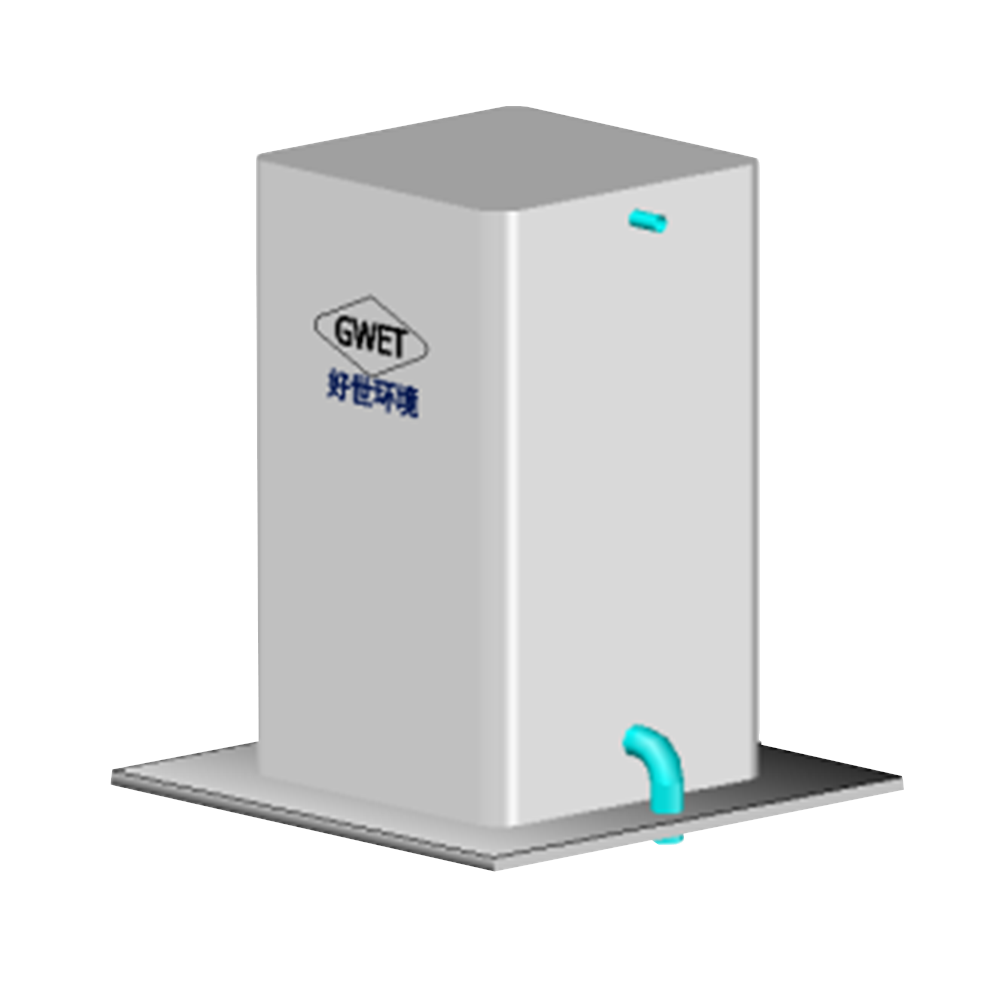2025-03-24
When it comes to wastewater treatment, efficiency, cost, and maintenance are at the forefront of decision-making. Traditional methods like the activated sludge process have long been the industry standard, but with increasing environmental regulations and the demand for higher performance, advanced technologies like the GBR high-efficiency bioreactor are proving to be game-changers. But what makes the GBR system superior? Let’s dive into a detailed comparison to see how these technologies stack up against each other.
The activated sludge process relies on microorganisms suspended in water to break down organic matter. While effective, it has notable drawbacks, including high energy consumption, large space requirements, and the need for constant sludge management. Additionally, its sensitivity to fluctuations in wastewater composition can lead to process instability, requiring continuous monitoring and intervention. This is where the GBR system shines. By utilizing a 3D biofilm carrier design, the GBR bioreactor creates an optimized environment for microbial growth, allowing for more efficient pollutant breakdown. Instead of relying on free-floating bacteria, biofilm-based treatment enhances microbial retention and resilience, making it significantly more effective in handling variable wastewater loads.
Energy efficiency is another crucial factor. Traditional aeration methods in activated sludge systems account for a large portion of operational costs, often consuming excessive power to maintain oxygen levels. In contrast, the GBR system employs an advanced aeration mechanism that optimizes oxygen transfer, reducing energy use by over 40%. This is further enhanced by IoT-driven automation, which continuously monitors and adjusts operational parameters in real-time, minimizing waste and ensuring peak efficiency. The result? Lower electricity bills, reduced carbon footprint, and a system that practically runs itself with minimal human intervention.
Space constraints have always been a challenge for wastewater treatment facilities, especially in urban and industrial settings where land availability is limited. Conventional activated sludge systems require extensive infrastructure, including large settling tanks and aeration basins. The GBR high-efficiency bioreactor solves this problem with its compact, modular design, occupying only one-third of the footprint needed by traditional methods. This makes it ideal for retrofitting existing treatment plants or integrating into new projects where land space is a premium. Scalability is also seamless, allowing facilities to expand treatment capacity without the need for extensive structural modifications.

Beyond operational efficiency, regulatory compliance and environmental impact are key considerations. Stricter wastewater discharge standards are pushing industries to adopt more advanced treatment technologies. Traditional systems often struggle to consistently meet stringent limits for biochemical oxygen demand (BOD), chemical oxygen demand (COD), and ammonia. The GBR system, with its highly effective biofilm treatment process, excels in reducing these pollutants to levels that comply with even the most demanding environmental regulations. Additionally, the treated water from GBR units is often suitable for reuse in industrial cooling, irrigation, or even further purification for non-potable applications, supporting sustainable water management initiatives.
While activated sludge systems have served the industry well for decades, the rise of innovative technologies like the GBR bioreactor is reshaping the future of wastewater treatment. With its energy efficiency, compact footprint, advanced automation, and superior pollutant removal capabilities, the GBR solution is proving to be a smarter, more sustainable choice. As industries and municipalities seek cost-effective, low-maintenance, and high-performance alternatives, it’s clear that the GBR approach isn’t just an upgrade—it’s a revolution in wastewater treatment.